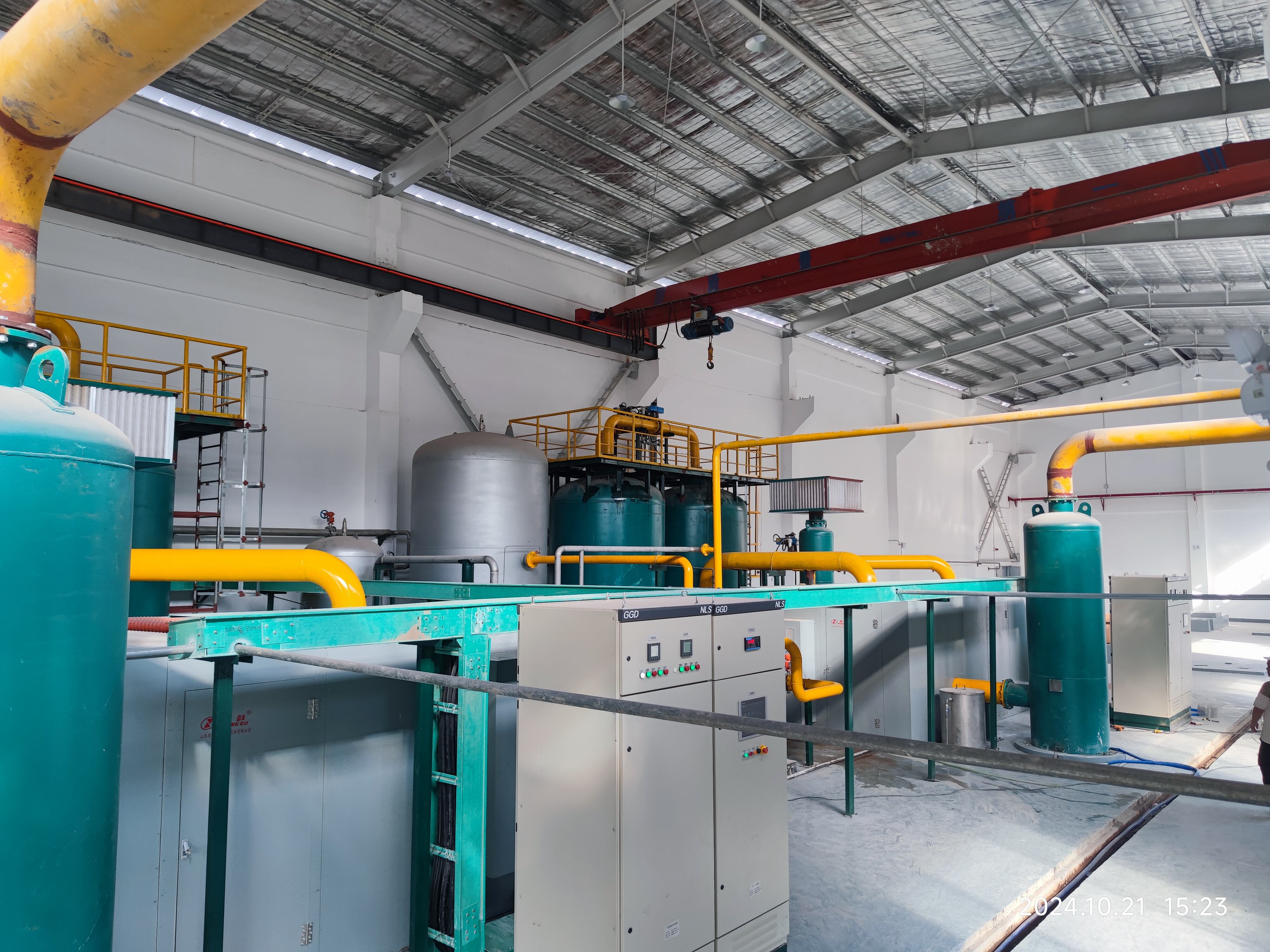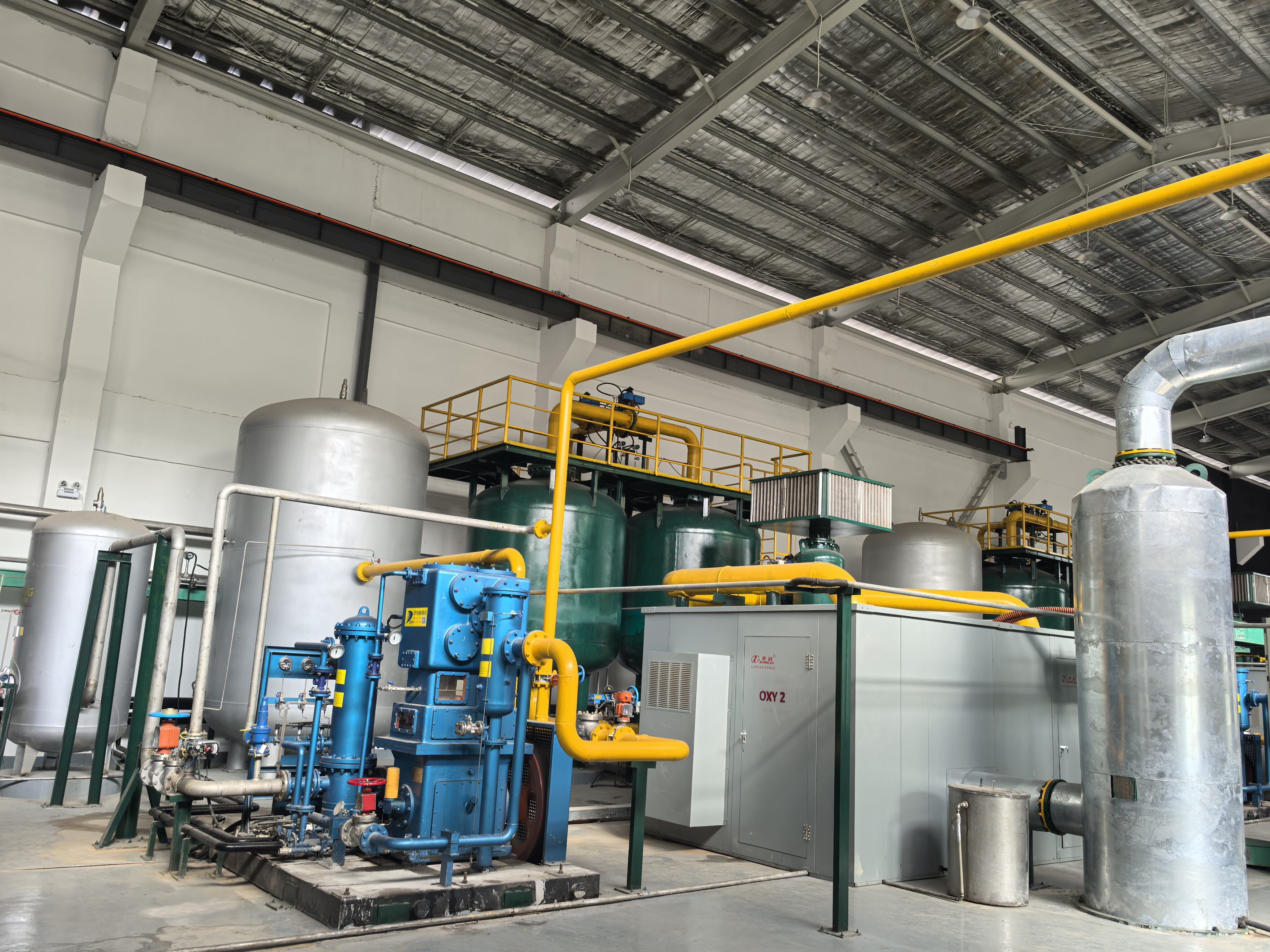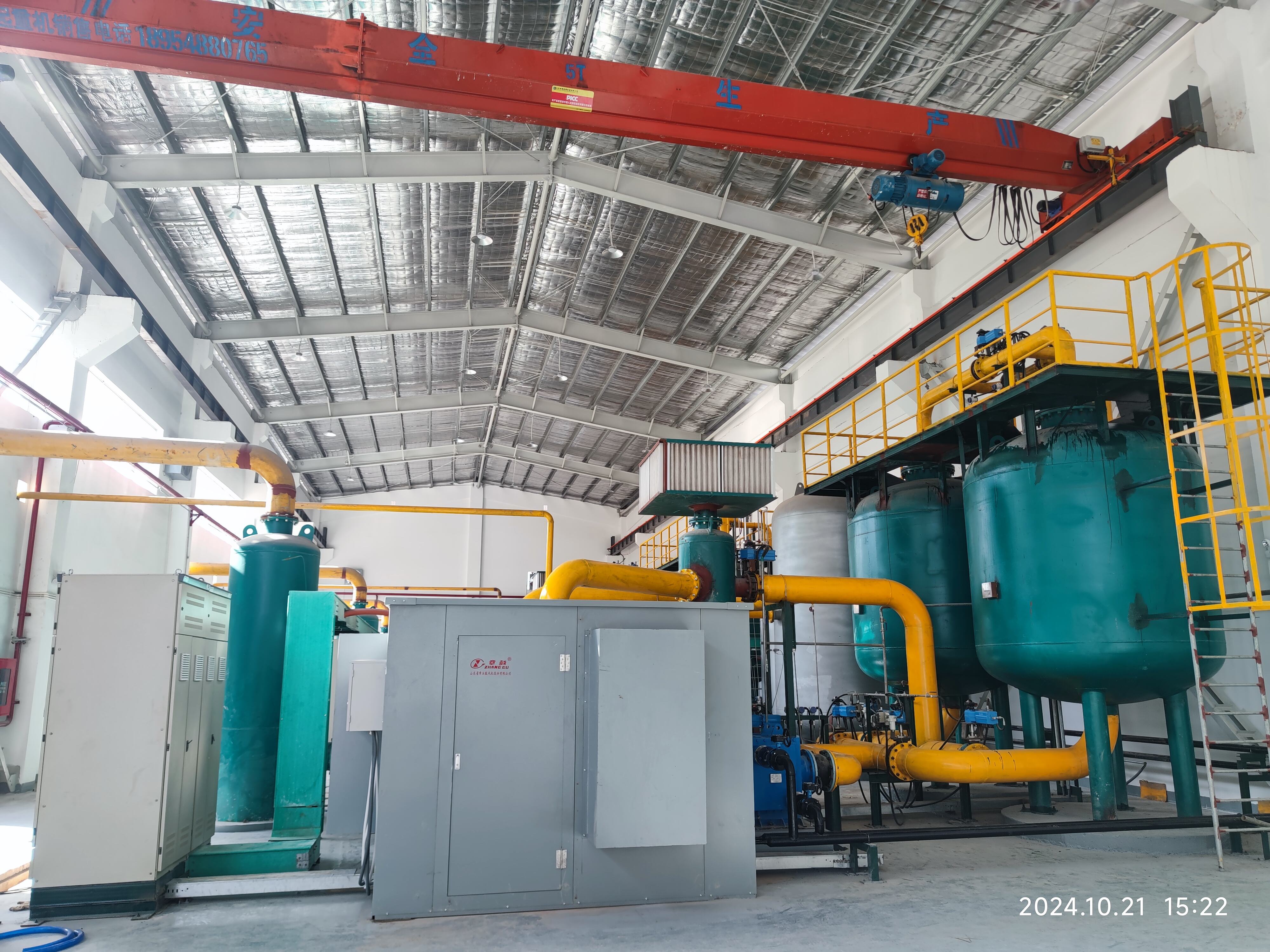пСА Кисені Өзгертгіші
Давление және айырмалы қосымша (PSA - Pressure Swing Adsorption) кисөрет үшін шабуылдық генератор сапарлық кисөрет өндіру үшін жаңа технологиялық бакылауға ие. Бұл инновациялық жүйе атмосфера ағынын молекулалық сүзгі процессі арқылы кисөреттен бөліп алады. Генератор нитрогенді таңдау арқылы сипатталған цеолит материалдарын пайдаланады, оның басқаруы кисөрет өткен соңғы нәтижелерді береді. Процесс екі негізгі камера арқылы жүргізіледі, бірі айырмалы қосымша арқылы жұмыс істейді, ал екіншісі регенерациядан өтеді, сондықтан да кисөрет өндіру процесі үзілмейді. Күнделікті PSA кисөрет генераторлары 95% дейінгі тазалық деңгейлерін қамтамасыз етеді, олардың бірнеше санатты, медициналық және коммерциялық қолданбалары бар. Бұл жүйелер басын, ағын жылдамдығын және кисөрет концентрациясын реальдік уақытта көздерлеу және басқару үшін қолжетімді басқару жүйелерімен тигізген. Генераторлар модульдік құрылғымен дизайн болып, біртекті кисөрет өндіру мөлшерін жобалауға мүмкіндік береді. Сызықтық қызмет ететін бөліктердің аз елуі мен қалыптастырушы құрылғылары тиімділікке жеткізу үшін басқармалық кисөрет өндіру әдістеріне қарағанда төменге сараптанды.


